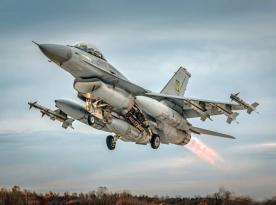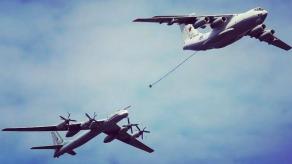Ukraine's Defense Intelligence has published a detailed breakdown of the Shahed-107, an Iranian-made drone that russia has recently begun deploying against Ukraine. The analysis, released via the War&Sanctions portal, reveals the drone's structure, components, and foreign electronics, underscoring the continued dependence of Iranian weapons on international supply chains. The Shahed-107 drone was first publicly unveiled by Iran's Islamic Revolutionary Guard Corps in June during an escalation of the Iranian-Israeli war.
The Shahed-107 is a high-wing UAV with a 3-meter wingspan, featuring an X-shaped tail assembly that provides aerodynamic stability. Its airframe is built from carbon-fiber composites, while key structural elements use aluminum alloy, a design consistent with other Iranian one-way attack drones optimized for low-cost production and mass deployment.
Read more: Ukrainian Forces Destroyed russian A-60 Aircraft Equipped with a Laser Capable of Shooting Down Satellites
According to the Defense Intelligence, the examined drone carries a 15-kilogram cumulative high-explosive fragmentation warhead, similar to those used across the Shahed family. This payload is designed to deliver significant damage against infrastructure, fixed positions, or soft-skinned military targets, and its construction aligns with Iran's established approach to kamikaze UAV design.
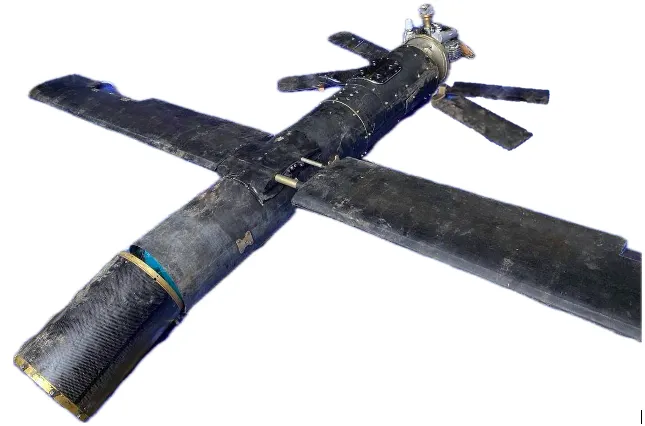
The propulsion system consists of Chinese-made DLE 111 two-stroke gasoline engine, a type frequently documented in russian-operated drones such as the Gerbera, BM-35, Parodiya, and Delta. These commercial small engines allow Iran and russia to maintain production despite sanctions, while keeping costs low and replenishment fast.
With a fuel tank capacity of 28 liters, the Shahed-107 drone has an estimated operational range of roughly 300 kilometers, placing it within the category of medium-range attack drones suited for strikes on Ukrainian military nodes, logistical hubs, and civilian critical infrastructure.
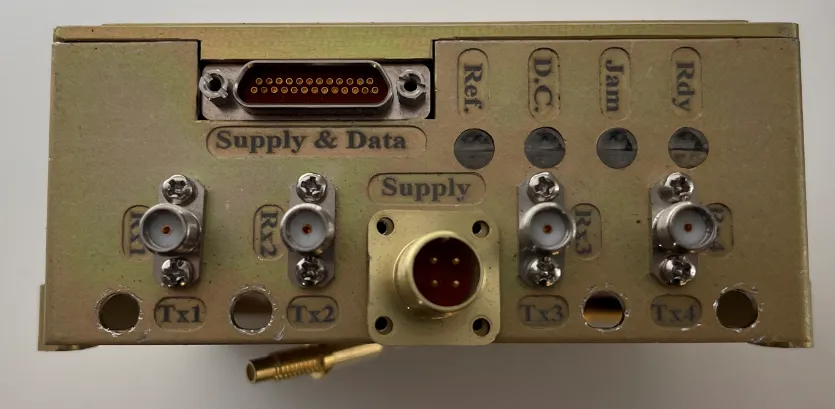
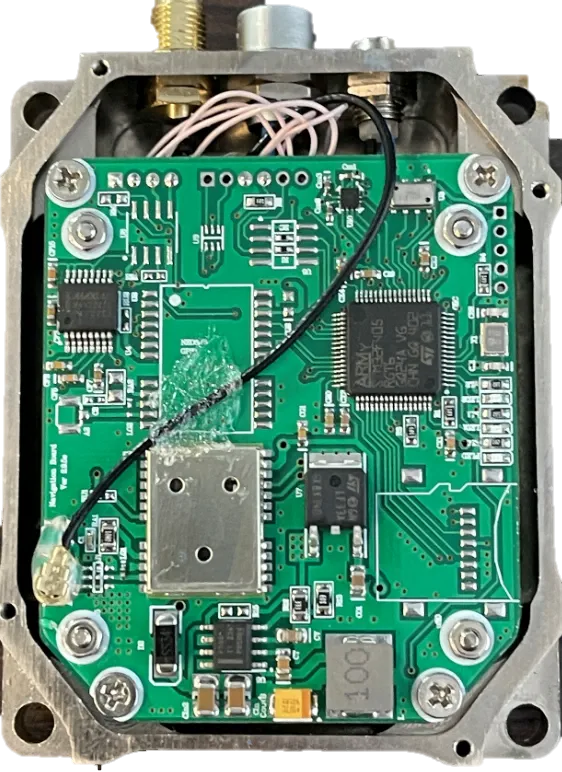
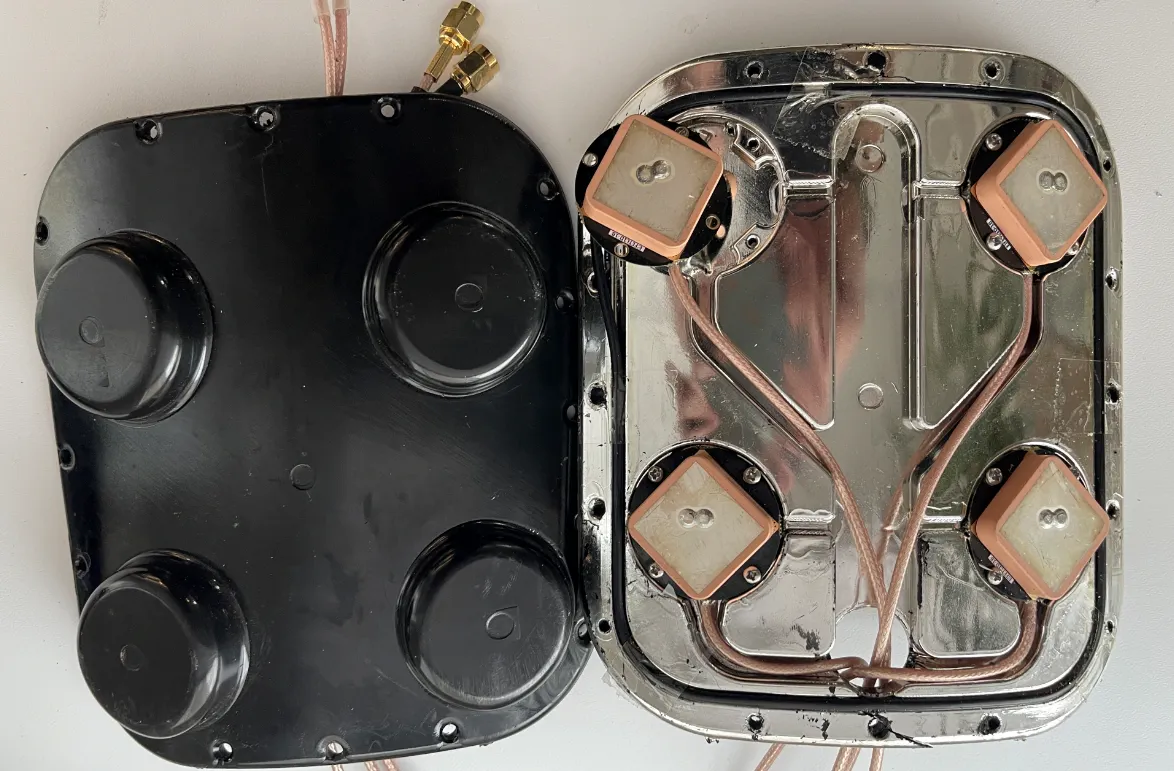
The drone's navigation suite includes an inertial navigation system similar to the Iranian Sadra, an anti-jamming protection module, and a four-element interference-resistant antenna. Flight control is executed through a standard FCU autopilot, which sends commands to the elevon servos and engine throttle, a configuration designed to maintain functionality even under electronic warfare pressure.
As with other Iranian and russian UAVs, the Shahed-107 unit relies heavily on foreign electronic components. Parts identified in the examined system trace back to the United States, Switzerland, China, Japan, Taiwan, the Netherlands, and Ireland, highlighting once again the loopholes that allow sanctioned countries to acquire Western-made technologies through intermediaries.
Read more: Why Ukraine's Fire Point FP-7 and FP-9 Ballistic Missiles Resemble russia's 48N6 from the S-400 System





